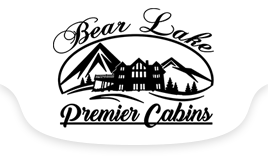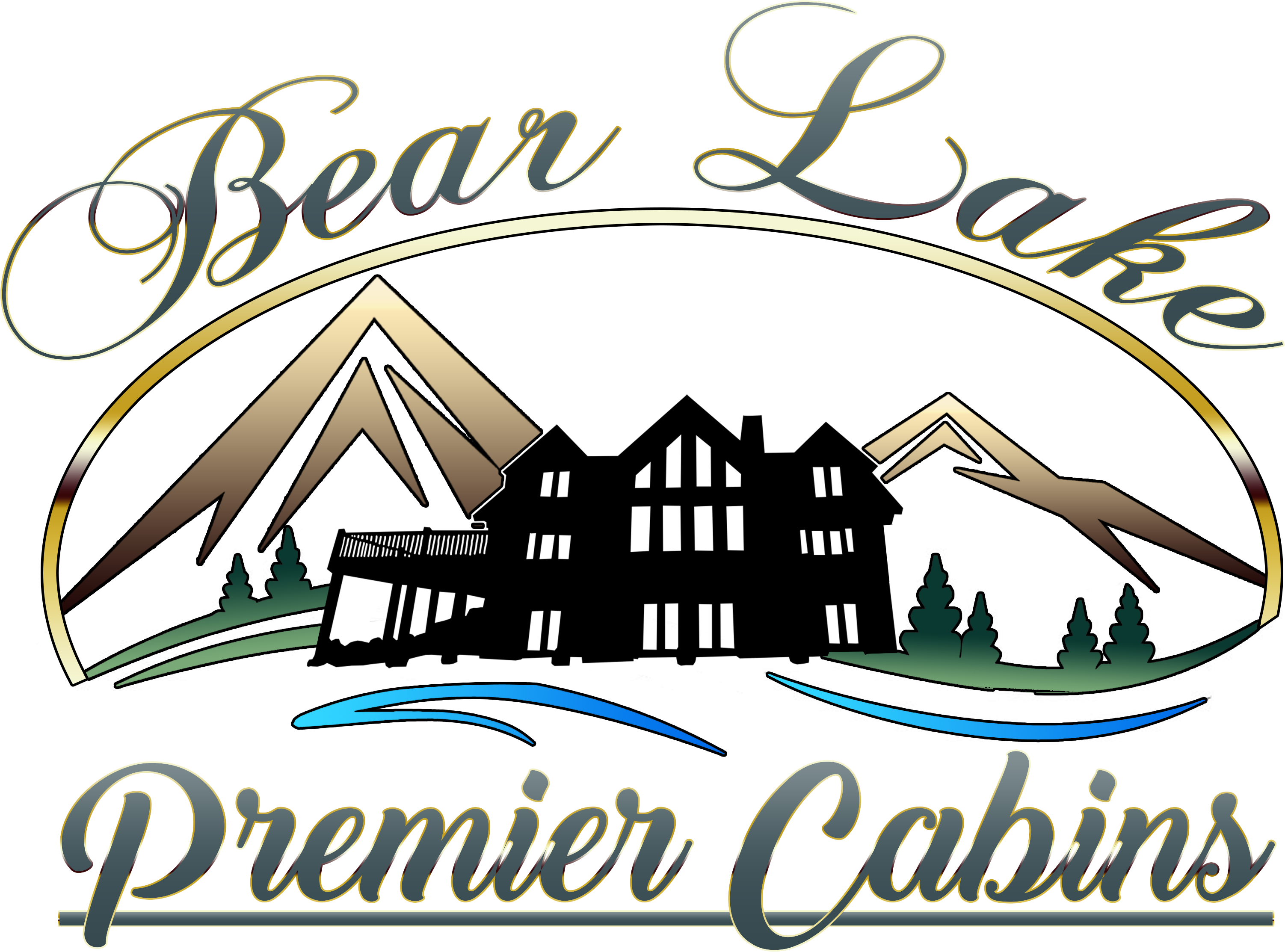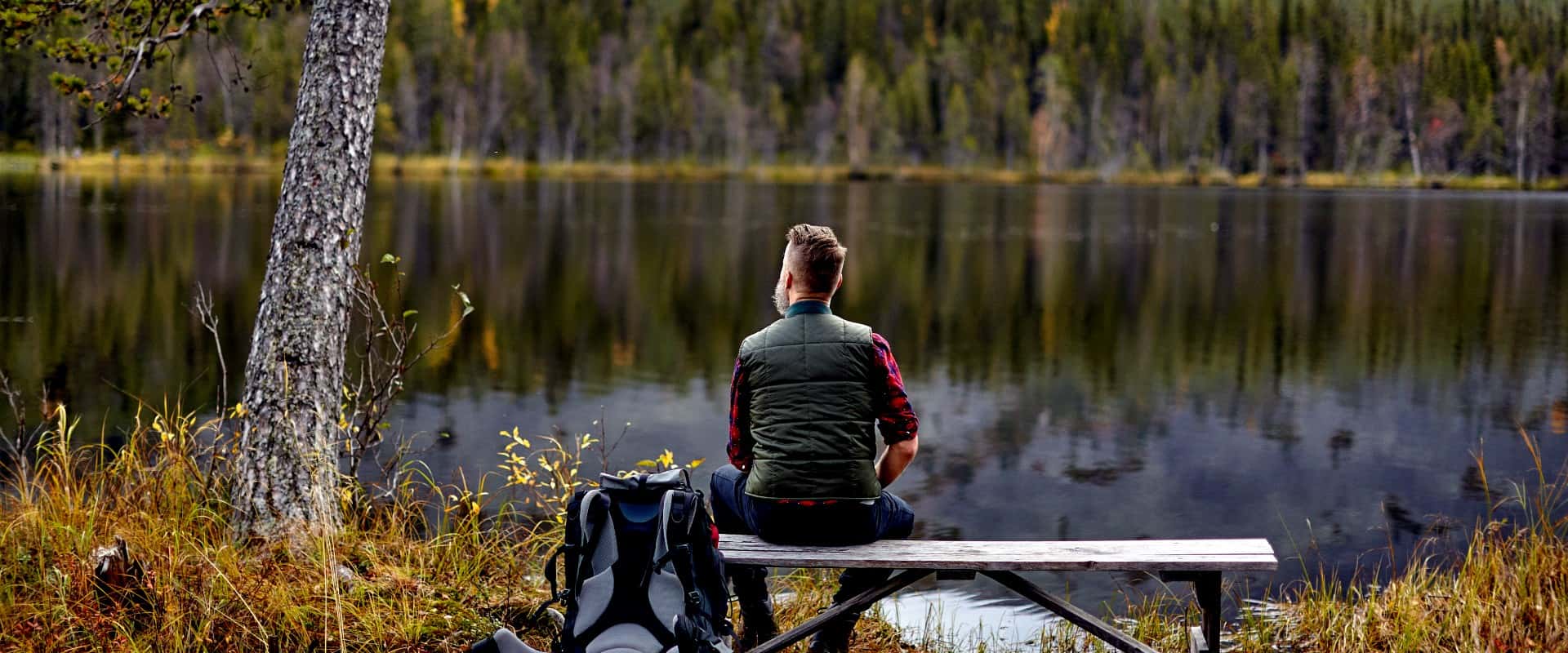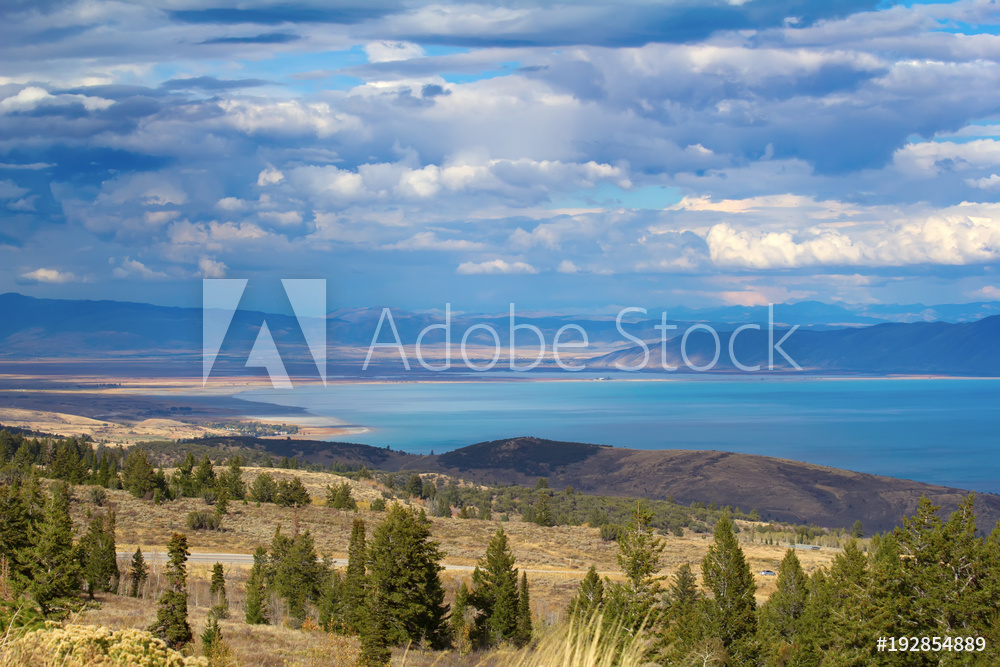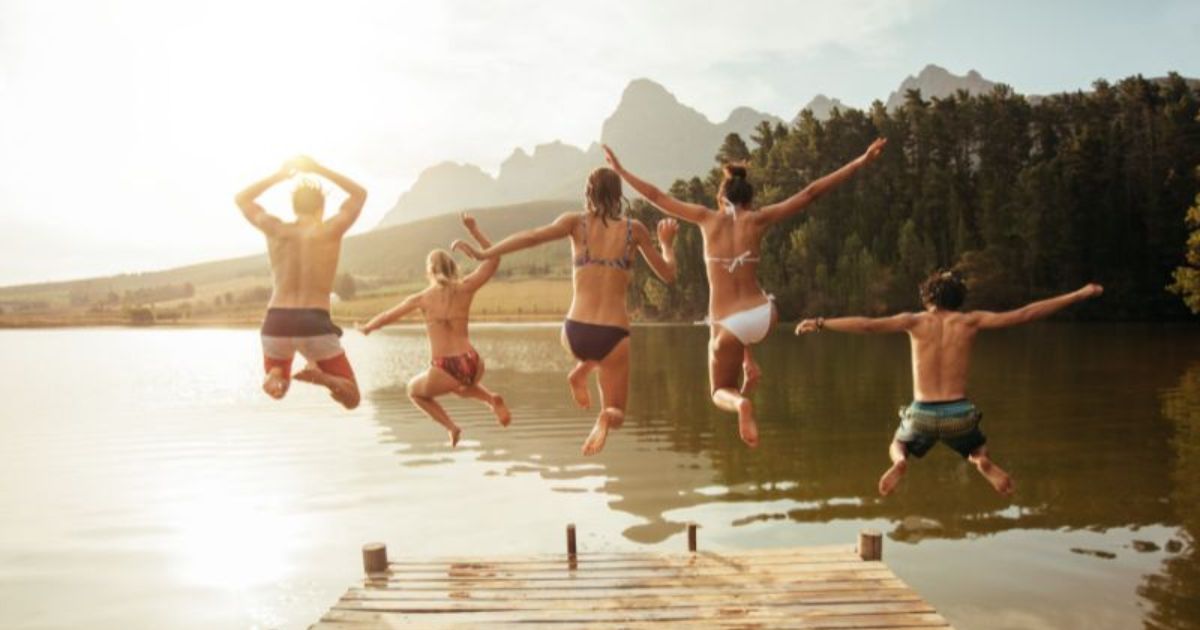If you’ve ever rounded the bend into Garden City in Northern Utah and caught your first glimpse of Bear Lake, chances are your jaw dropped a little. Known as the “Caribbean of the Rockies,” the lake isn’t just pretty; it’s breathtaking. But what gives Bear Lake that vibrant, otherworldly blue?
We’re diving into the fascinating science behind the color, breaking it down in a way that’s easy to understand (no geology degree required).
Why Is Bear Lake So Blue?

It’s not just your imagination.
Bear Lake really is that blue.
Its electric turquoise waters are more than just a pretty face. There’s some fascinating science going on beneath the surface.
Minerals & Light Refraction: The Real Reason Behind the Blue Hue
The magic starts with microscopic calcium carbonate particles, a mineral naturally found in the surrounding Bear River Range. These particles stay suspended in the water and act like tiny mirrors, reflecting light in just the right way.
Here’s the layman’s version of the science:
- Sunlight is made up of all the colors of the rainbow.
- When light hits the water, longer wavelengths absorb quickly.
- Shorter wavelengths, especially blue, are scattered and reflected back to your eyes.
- The suspended calcium carbonate particles amplify that effect, giving Bear Lake its signature glow.
Instead of looking murky or green like some lakes, Bear Lake practically glows.
When and Where to Catch Bear Lake at Its Bluest
If you hope to see Bear Lake in full “Caribbean of the Rockies” mode, timing and location are everything. The lake’s famous blue really pops on clear, sunny days, especially in late spring through early fall, when sunlight hits just right, and the skies are that crisp mountain blue.
Cloudy or windy days can make the lake look more aquamarine or even silvery-green, which has its own kind of magic, too.
As for where to go?
Some of the best front-row seats include the Bear Lake State Park Marina, the north beach on the Idaho side, and scenic pullouts along the east side of the lake.
Sunrise, Sunset, and a Little Lake Magic
Mornings and early afternoons offer the most vibrant views, especially when the water’s calm and the sun is high.
Ask anyone who’s been here a while, and they’ll tell you sunrise and sunset are when the lake is most enchanting. As the sun dips low, the sky turns shades of peach, lavender, and deep gold, and the water mirrors every bit of it.
Locals like to say the lake becomes a painting. Others just call it a perfect moment. Either way, it’s something you’ve got to see in person.
You might also be interested in: 50 Things to Do at Bear Lake, UT
A River Connection Worth Noting

Bear Lake wouldn’t be quite the same without the Bear River. While the river didn’t always flow into the lake, a system of canals and dams built in the early 1900s now diverts Bear River water into Bear Lake. This connection helps regulate lake levels and supports water storage for irrigation and power, but it also plays a role in the lake’s clarity and color.
As it flows through Dingle Swamp and Mud Lake before reaching the lake, much of the sediment settles out naturally, helping to keep the lake’s famous blue waters clean and vibrant.
Is Bear Lake’s Blue Color in Danger?
While Bear Lake still dazzles, experts are keeping a close eye on it.
Sediment from increased runoff, aging septic systems, and nearby development could threaten the lake’s clarity and color.
Groups like Bear Lake Watch and local scientists are monitoring water quality and raising awareness about preserving this unique ecosystem. Algae blooms have been spotted in recent years, reminding us how delicate Bear Lake’s balance really is.
The good news? With ongoing conservation and responsible tourism, we can keep Bear Lake sparkling for generations.
What Makes Bear Lake Different from Other Blue Lakes?
Bear Lake is often compared to places like Lake Tahoe or Crater Lake, but it has a charm all its own.
Unlike other lakes that owe their color to depth or glacier runoff, Bear Lake’s vibrancy comes from its chemistry and purity. It’s low in nutrients, algae, and sediment, which keeps the water crystal-clear.
Plus, it’s one of the oldest lakes in North America, with some scientists believing it’s up to 500,000 years old. This has allowed unique ecosystems to thrive, including several fish species found nowhere else in the world.
Endemic Species You Won’t Find Anywhere Else
Bear Lake isn’t just famous for its bright turquoise waters, it’s also home to some unique species you literally can’t find anywhere else on Earth.
Among the most notable residents:
- Bonneville Cisco
- Bear Lake Whitefish
- Bonneville Whitefish
- Bear Lake Sculpin
- Bonneville Cutthroat Trout
Ready to Chase that Blue?
Bear Lake’s turquoise waters are more than just a pretty view — they’re a full-sensory experience you’ll be talking about long after you head home. Whether you’re here to paddle along the shore, catch a glowing mountain sunrise, or just relax and soak up the scenery, there’s truly nothing like it.
And when you stay with Bear Lake Premier Cabins, the magic of Bear Lake is right outside your door. Our cabins are thoughtfully located and fully equipped to make your stay effortless.
Don’t just admire Bear Lake from a photo, book your stay and see it in all its blue-hued glory.
Browse our cabins and reserve your getaway today.
The lake – and that color – is calling.

